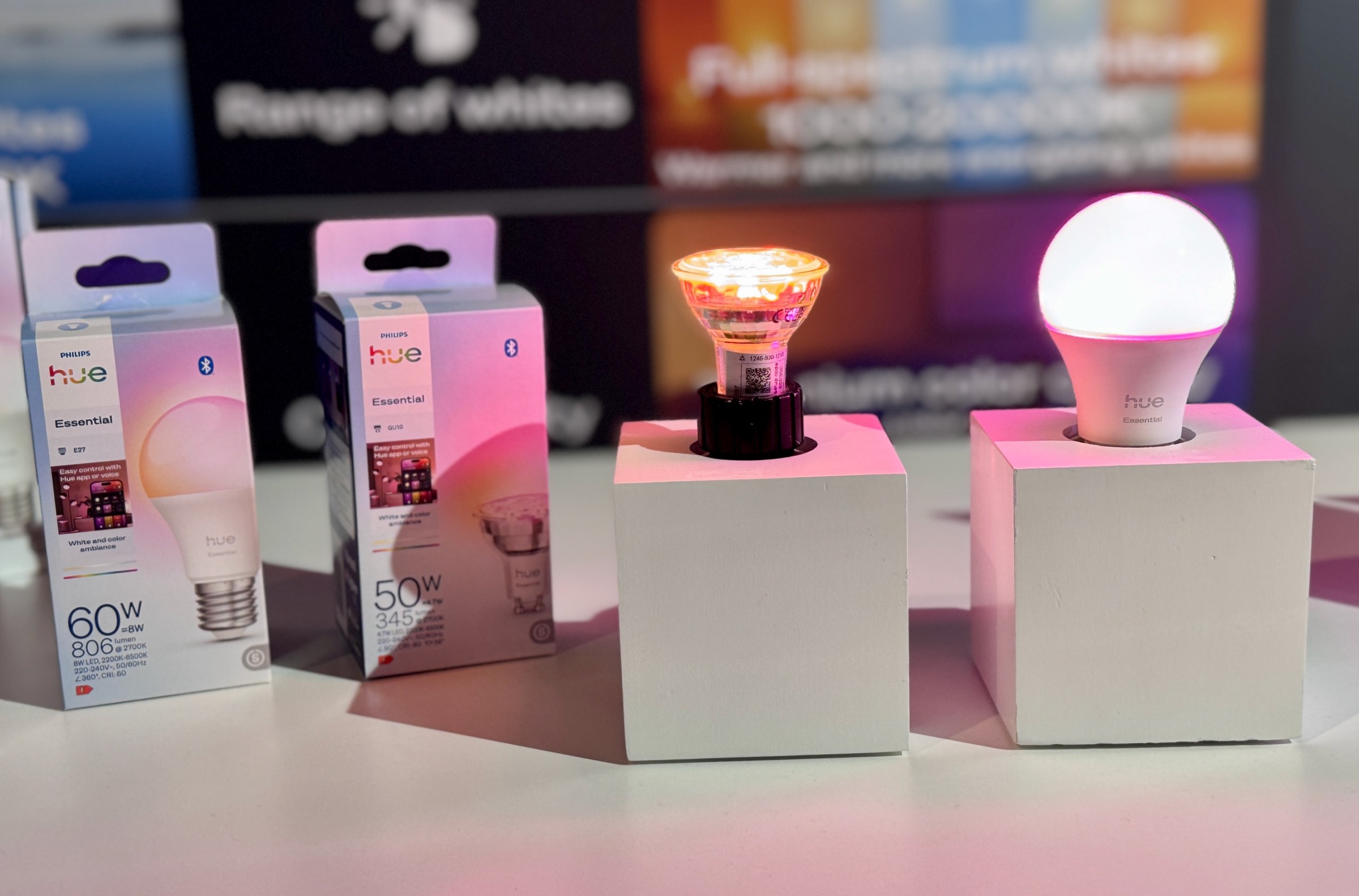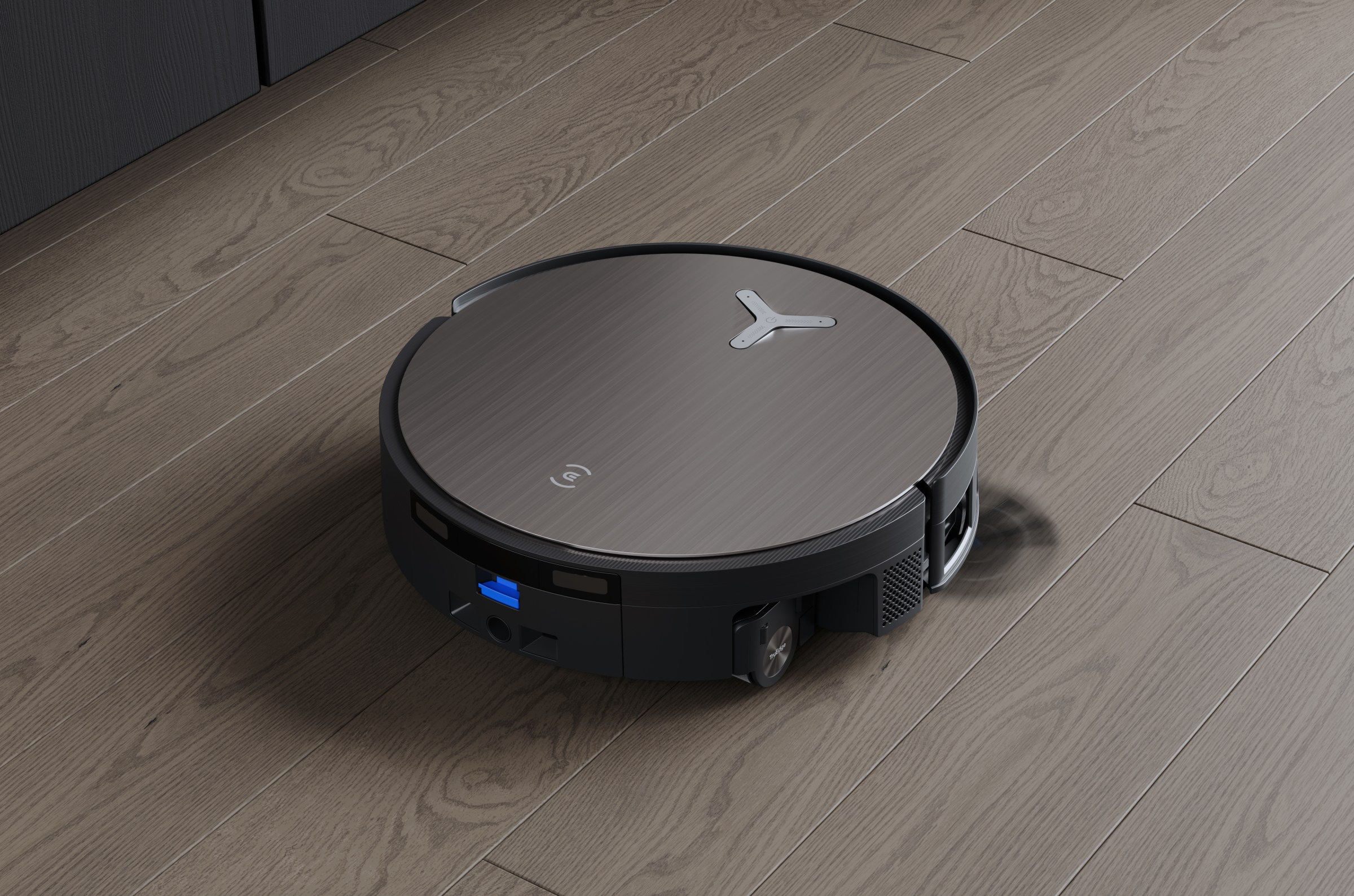Star Wars Outlaws™, the open-world Star Wars™ game where you play as cunning scoundrel Kay Vess (Humberly González) and her loyal companion, Nix (Dee Bradley Baker) as they fight, steal, and outwit their way through the galaxy’s criminal underworld, is now available on Nintendo Switch 2. Star Wars Outlaws is also available on Ubisoft+ Premium, Xbox Series X|S, PlayStation 5, PlayStation 5 Pro, Amazon Luna, and PC through the Ubisoft Store, Epic Games Store, and Steam.
In Star Wars Outlaws, Kay and Nix seek the means to start a new life. To free herself from the bounty that follows her, Kay needs to assemble a crew to pull off one of the greatest heists the Outer Rim has ever seen. In this open world, you will visit new and familiar locations across the Star Wars™ galaxy, from the windswept savannah of Toshara, to the sandy dunes of Tatooine, into the wilds of space, and more.
Nintendo Switch 2 gives players new ways to play Star Wars Outlaws at home or on the go with intuitive touch controls for menu navigation and select minigames, gyroscope-assisted aiming, an optimized handheld mode, and immersive motion controls for key gameplay features.
Purchasing Star Wars Outlaws on Nintendo Switch 2 gives owners access to the base game and the Season Pass. The Season Pass includes:
Players can purchase the Ultimate Pack for even more stylish gear for Kay and Nix, which includes the Sabacc Shark Cosmetic Bundle, Rogue Infiltrator Cosmetic Bundle, Naboo Nobility Cosmetic Bundle, Desert Nomad Cosmetic Bundle, and Forest Commando Character Pack.
For more on Star Wars Outlaws, check out our accessibility spotlight, and visit starwarsoutlaws.com.































